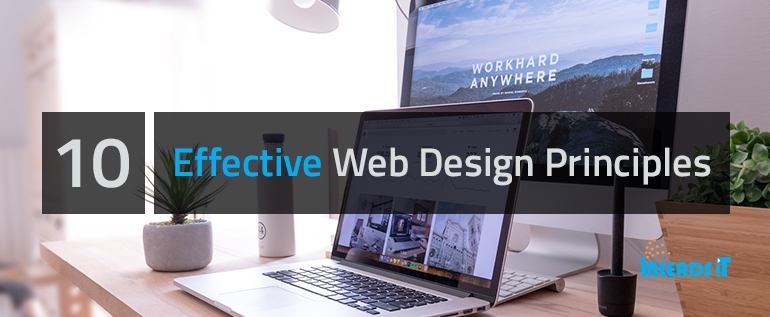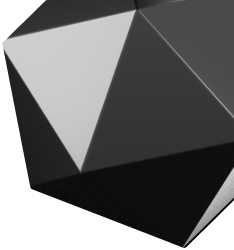
Effective web design is defined by the users of the website and not website owners. There are a lot of factors that affect the usability of a website, and it is not just about form, but also function. Websites that are not well designed tend to perform badly and have sub-optimal Google Analytics metrics. So what makes beneficial web design?
In this article, We explore effective 10 web design principles that will make your website pleasing, engaging, easy to use and effective.
10 Effective Web Design Principles

1. Focus on Colors:
A well thought out color palette can go a long way to improve the UI (user experience). Complementary colors create balance and harmony. Using contrasting colors for text and background will make reading comfortable on the eye. Vibrant colors create emotion. Last but not least, negative space / comfortable is very effective at giving your website the latest look.
2. Relevant Images:
An Image can show a thousand words, and finding the right images for your website can help with brand promotion and connecting with your target visitor. If you do not have pro-quality images on hand, consider purchasing images to lift the look of your website. Consider using videos, infographics, and graphics as these can be much more useful at communicating than even most well of text or written piece.
3. Appropriate Typefaces:
Sans Serif fonts such as Verdana and Arial are easier to read online. Proper font for reading online is 16px/18px and stick to a maximum of 3 typefaces to keep your design streamlined.
4. Better Communication:
A visitor on the web tend to want proper information quickly, so it is very important to communicate clearly and make your info easy to read. Some useful methods to include in your web design: using bullet points instead of long windy sentences, organizing information using headlines and sub-headlines.

5. Purpose:
Professional web design always caters to the needs of the visitor. Are your web traffic looking for information, some type of interaction, entertainment, or to transact with your business? Each page of your website needs to have a clear intention and to fulfill a specific need for your website visitors in an effective way possible.
6. Layouts on Grid-based:
Placing content randomly on your website can end up with a haphazard appearance. Grid-based layouts organize content into columns, sections, and boxes that line up and feel balanced, which leads to great looking web design.
7. Navigation:
Navigation is about how easy it is for a visitor to take action and move around your web page. Method for navigation include designing clickable buttons, using bread crumbs and following the ‘three click rules’ which means visitors will be able to find the info they are looking for within 3 clicks.
8. Responsive Web Design:
It is now general to access websites from various devices with various screen sizes, so it is very important to consider if your web is mobile friendly/responsive. You can rebuild it in a responsive layout, if your website is not responsive

9. Focus on Load speed:
Every visitor hates a website that takes ages to load. Tips to make page load times more benefits include optimizing image sizes, combining code into a central CSS / JavaScript file and minify and JavaScript, HTML, and CSS.
10. Innovate But Not Distract:
Impressive web design uses innovation and creativity. Use white or negative spaces as per the requirement. White space is the area of the page that is empty, mainly used between the images and videos.
It is very easy to create a functional website, simply by keeping these design elements in mind. Have you got a website/landing page design that needs optimizing? These 10 principles of effective web design can help your website be more useful, engaging, and memorable for your visitors.
For more information visit/contact Inleads IT
or email us: info@localhost








